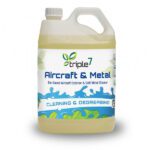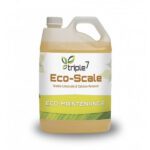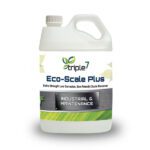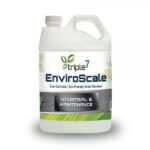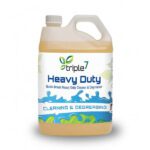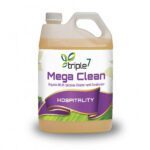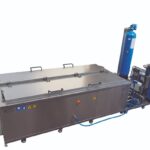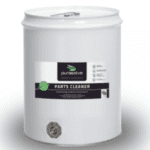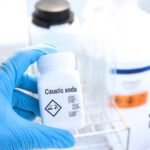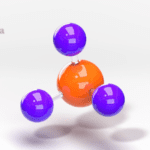Introduction:
Isopar is a family of high-purity, isoparaffinic hydrocarbon solvents widely used in various industrial applications. This article explores the applications of Isopar solvents, discusses their health hazards, and highlights safer alternatives available in the market.
Applications of Isopar Solvents:
Isopar solvents find extensive use in multiple industrial applications, including:
- Degreasing and Cleaning: Isopar solvents are highly effective in removing grease and contaminants from industrial equipment and machinery, making them essential for degreasing and cleaning processes.
- Ink and Paint Formulations: Isopar solvents serve as carriers or diluents for pigments, dyes, and other chemicals in ink and paint formulations. They facilitate the smooth application and desired consistency of these products.
- Adhesives and Sealants: In industrial applications, Isopar solvents are utilized to dissolve and disperse adhesives and sealants, ensuring proper bonding and sealing properties.
- Electronic Components Cleaning: Isopar solvents are employed for the cleaning and degreasing of electronic components, ensuring their optimal performance and longevity.

Health Hazards of Isopar Solvents: While Isopar solvents offer numerous benefits, they also pose potential health hazards, including:
- Inhalation Hazards: Inhalation of Isopar solvents can lead to respiratory issues such as coughing, wheezing, and shortness of breath. Proper ventilation and protective measures are crucial when working with these solvents.
- Skin and Eye Irritation: Direct exposure to Isopar solvents can cause irritation of the skin and eyes. Protective gloves, goggles, and clothing should be used to minimize contact and prevent adverse reactions.
- Nervous System Effects: Prolonged exposure to Isopar solvents may have an impact on the central nervous system, resulting in headaches, dizziness, and confusion. Workers should be mindful of the duration and intensity of their exposure to these solvents.
Alternatives to Isopar Solvents: Thankfully, safer alternatives to Isopar solvents are readily available, offering both effectiveness and environmental friendliness. Consider the following options:
D-limonene: Derived from citrus peels, D-limonene is a natural and biodegradable solvent. It serves as an excellent alternative for cleaning a variety of surfaces while being safe for both human health and the environment.
Aqueous Cleaners: Aqueous cleaners, which are water-based solutions, offer a safe and eco-friendly option for cleaning a wide range of surfaces and materials. They are a preferable choice over petroleum-based solvents due to their minimal environmental impact.
Green Solvents: Derived from renewable resources, green solvents are environmentally friendly alternatives. Examples include terpenes, fatty acid methyl esters, and lactates. These solvents offer effective performance while minimizing harm to the environment.
Conclusion:
While Isopar solvents have various industrial applications, it is essential to consider their potential health hazards and environmental risks. This article has highlighted the importance of evaluating safer alternatives such as modified alcohols, D-limonene, aqueous cleaners, and green solvents. By choosing these alternatives, we can ensure the safety of workers, minimize environmental impact, and achieve effective results in industrial processes.

